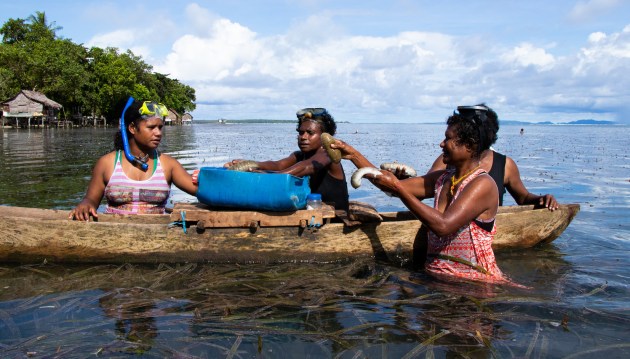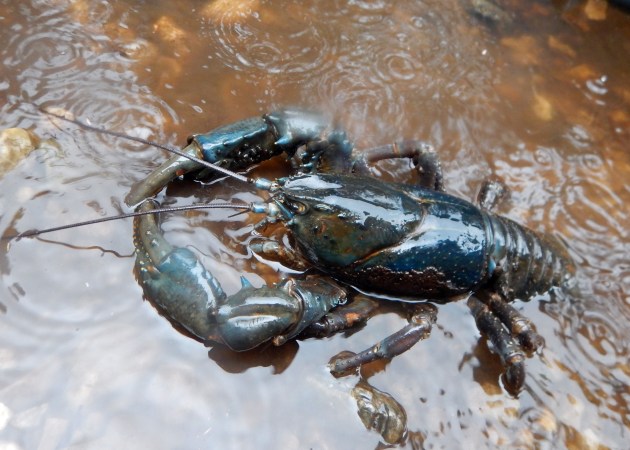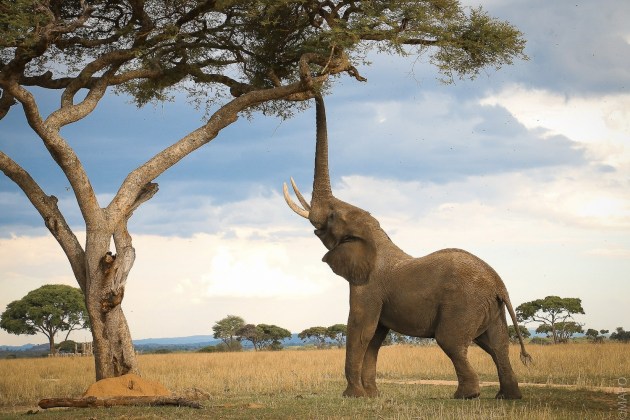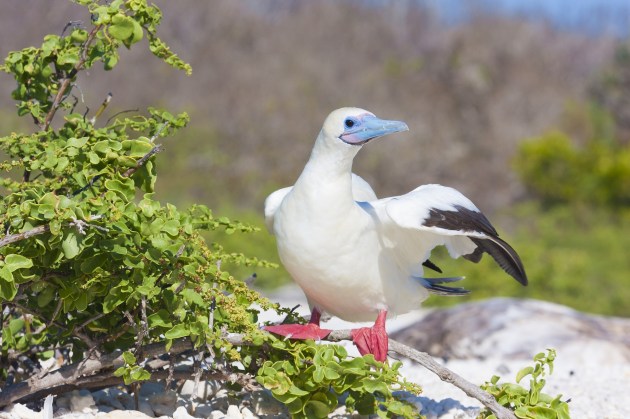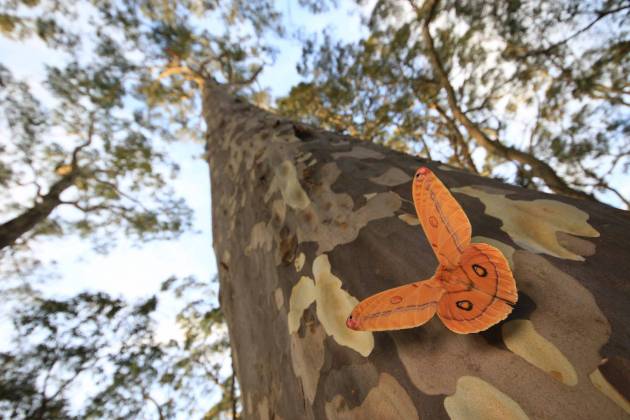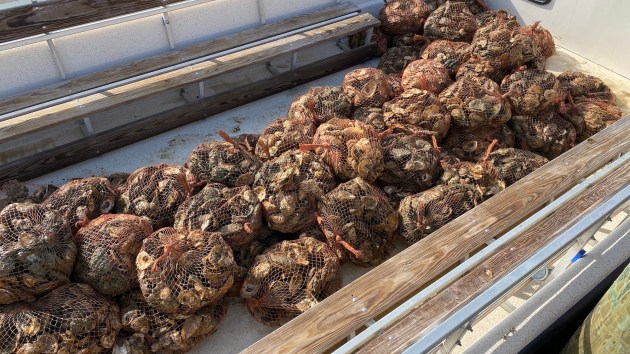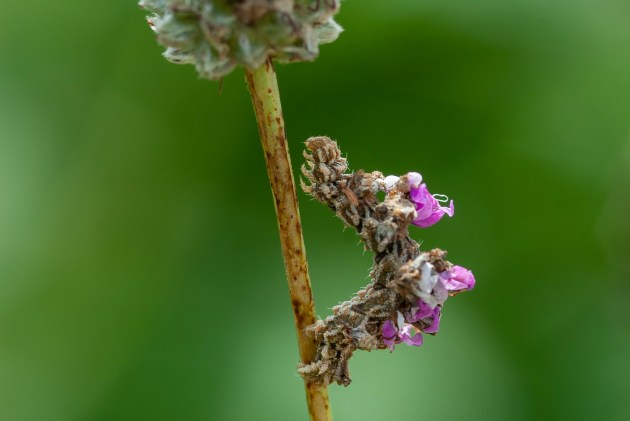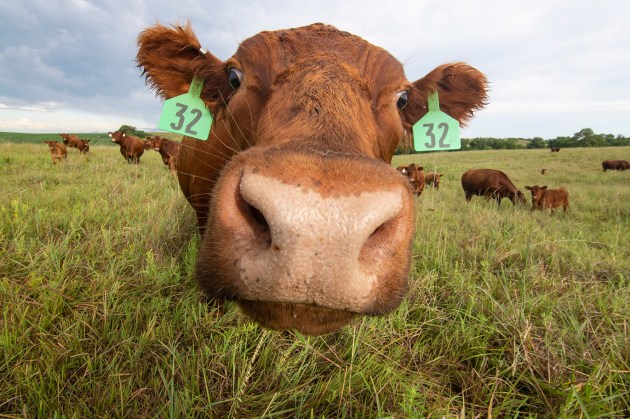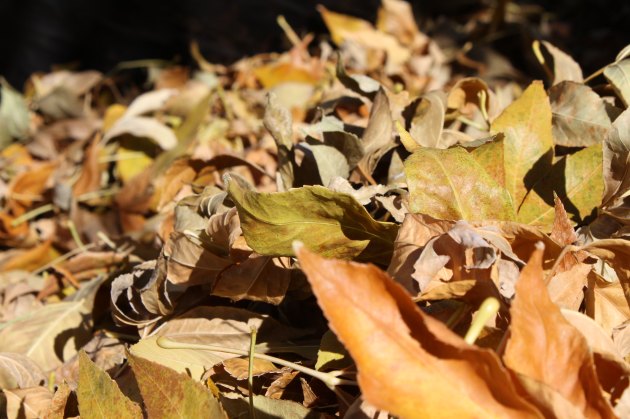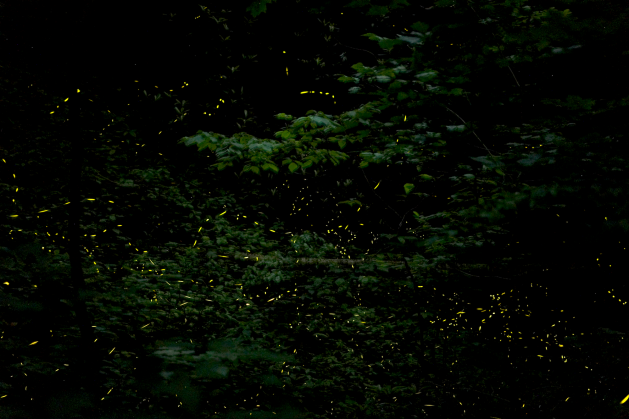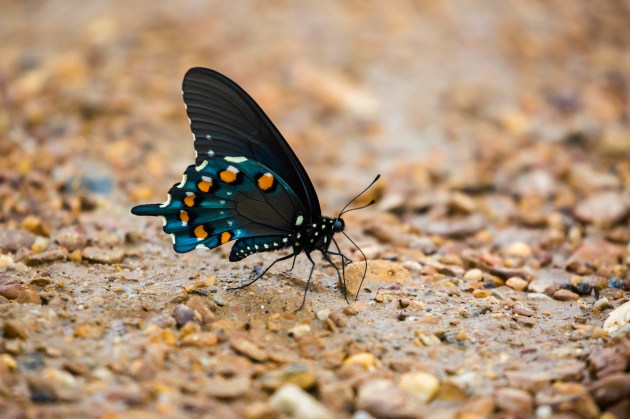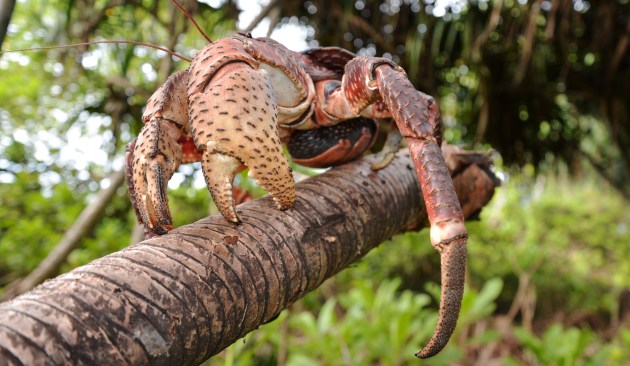Discover stories in Invertebrates
When Sea Cucumbers Spawn, Where Do Their Larvae Go?
New research on sea cucumber genetics indicates that locally managed marine areas are a good way to protect this fishery for communities.
Meet the World’s Largest Freshwater Crayfish
National Geographic Society & TNC extern Zoe Starke shares her experience studying the 13-pound Tasmanian giant crayfish.
How An Invasive Ant Affects East Africa’s Iconic Wildlife
Invasive ants are having an outsized effect on savanna ecology, impacting even the largest mammals.
Want Resilient Coral Reefs? Bring Back Seabirds
Eradicating rats and restoring seabird populations could increase coral reef resilience to climate disturbances.
Moths With 11-Inch Tongues?
A look at moths, caterpillars and their intricate relationships with plants.
What Happens When You Expose an Oyster to Crab Pee?
To build stronger oyster reefs, scientists are scaring them with one of their fiercest predators: blue crabs.
The Camouflaged Looper: This Inchworm Makes Its Own Flower “Costume”
Meet the caterpillar with incredible ability to disguise itself by attaching pieces of plant to its back.
Cattle Graze Milkweed As Much As Grasses. Are There Implications for Monarchs?
Most researchers assume cattle avoid milkweed due to toxic compounds. New research finds that cattle graze milkweeds at least as […]
A Simple Thing You Can Do to Benefit Backyard Birds and Bees
It’s time to ease up on the spring clean-up to help pollinators and other local wildlife.
Want To Help Researchers Understand Fireflies?
Take a new look at the flashing fireflies in your backyard.
A Beginner’s Guide to Butterfly Watching
Want to get started in butterfly watching? Here are some to see in your backyard.
Meet the World’s Largest Land Crab
The coconut crab can lift 60 pounds and crack coconuts. It’s also facing a perilous future.
